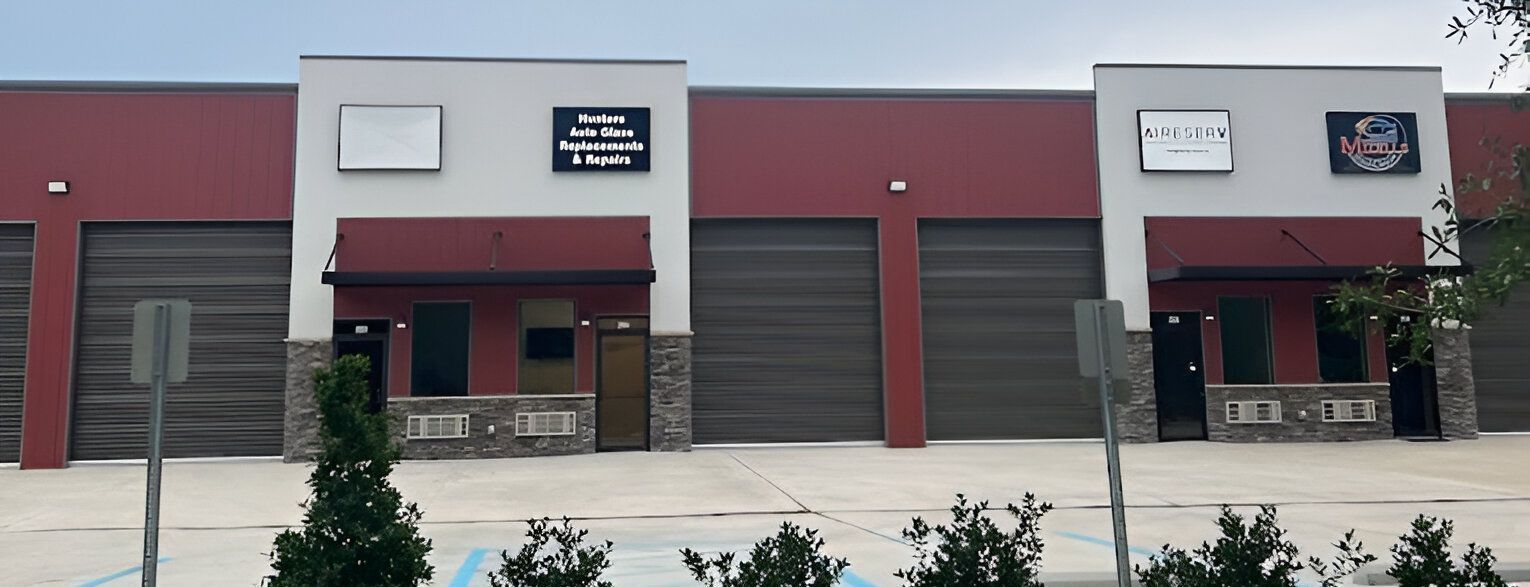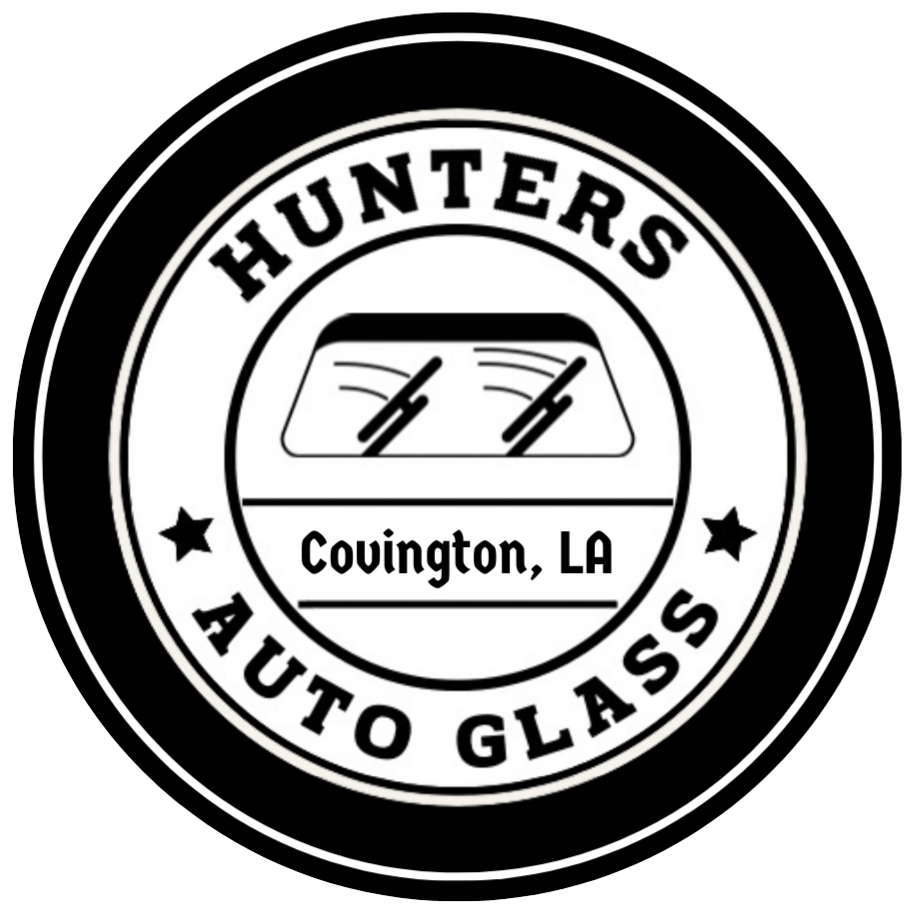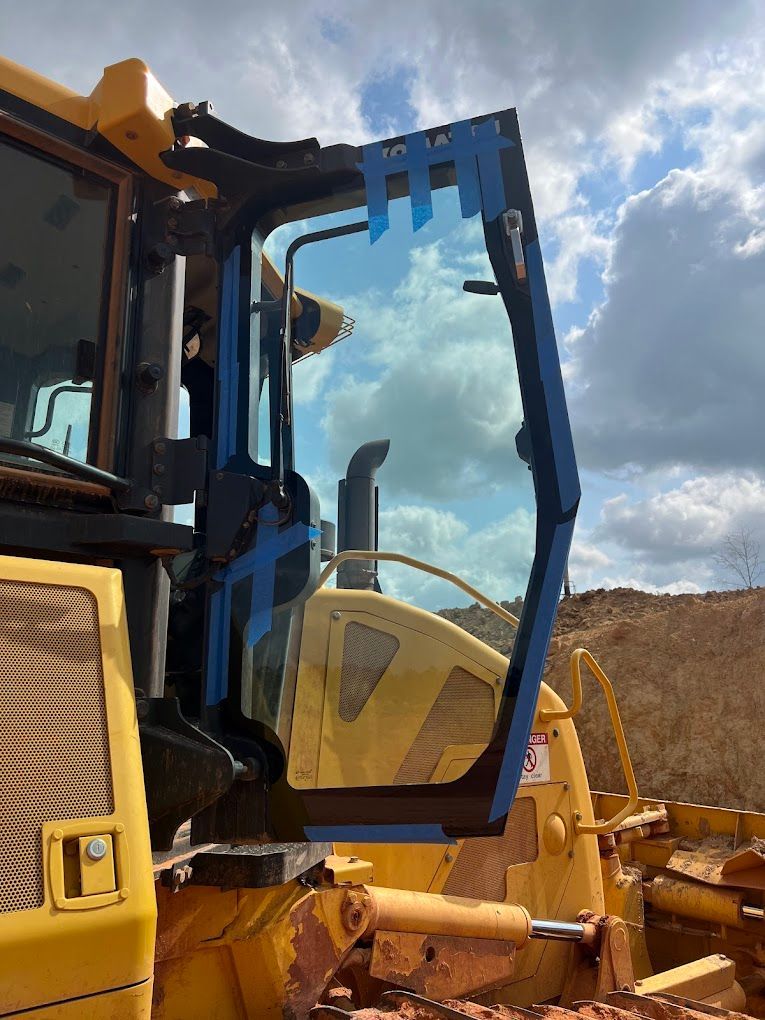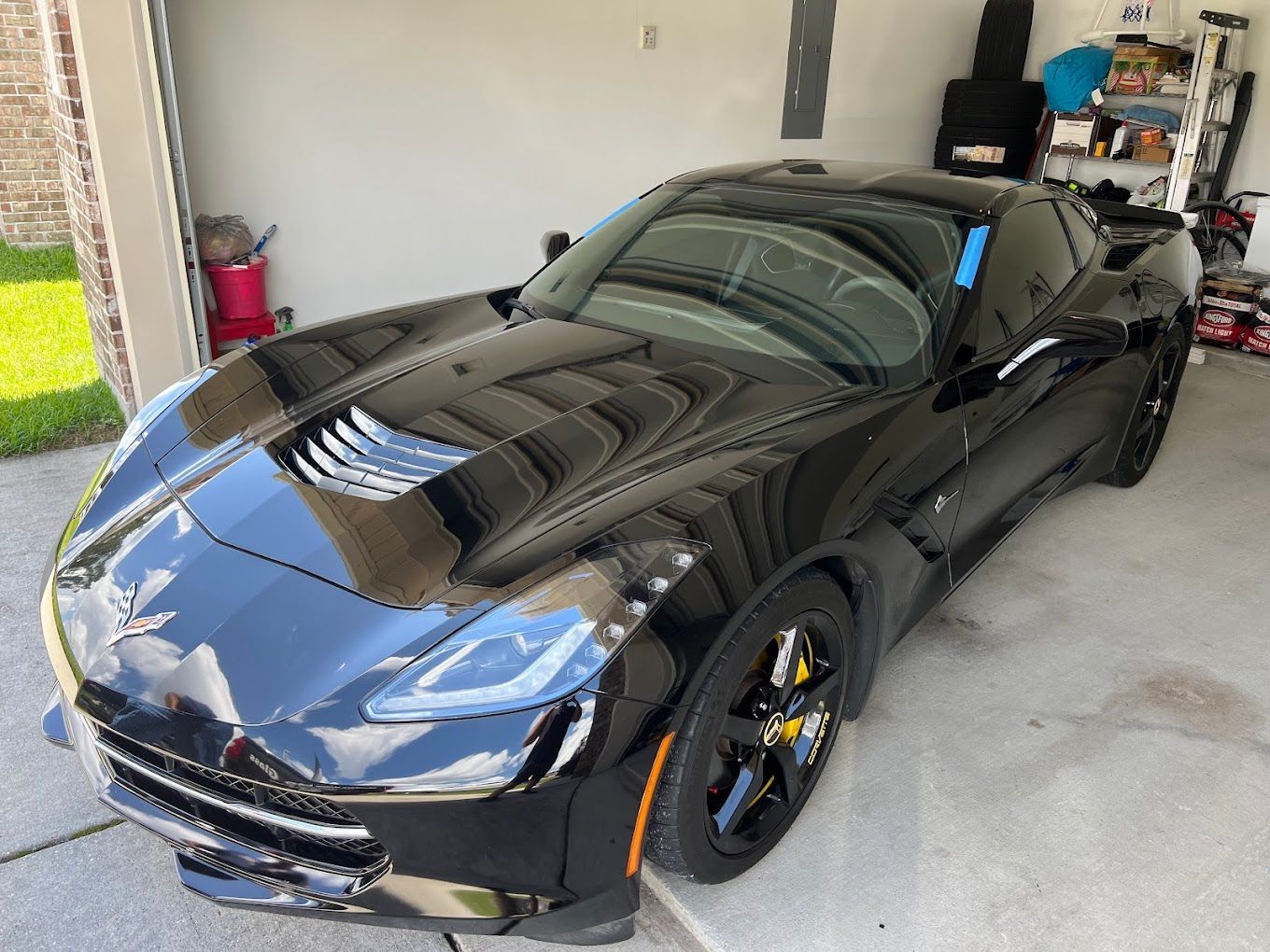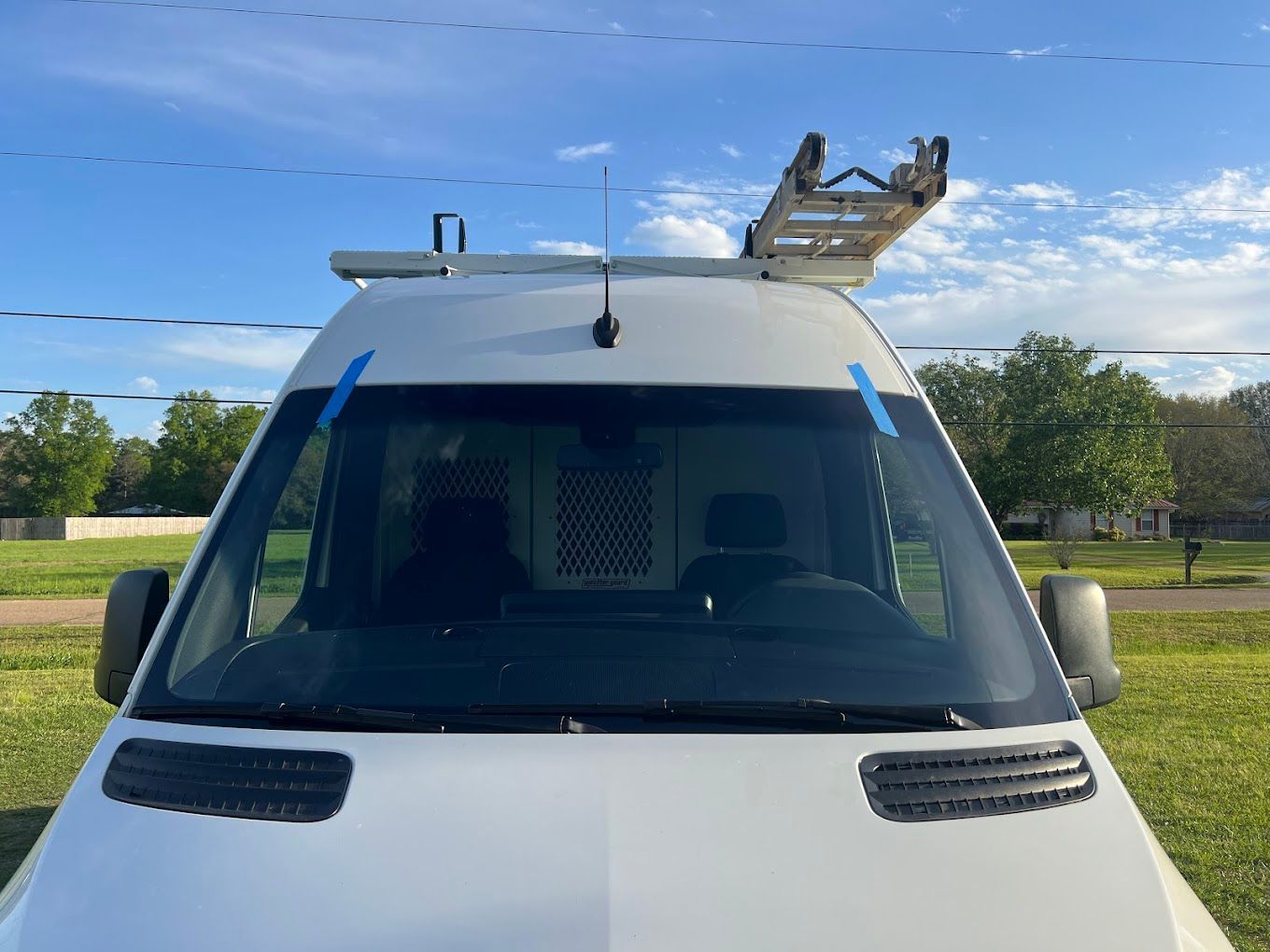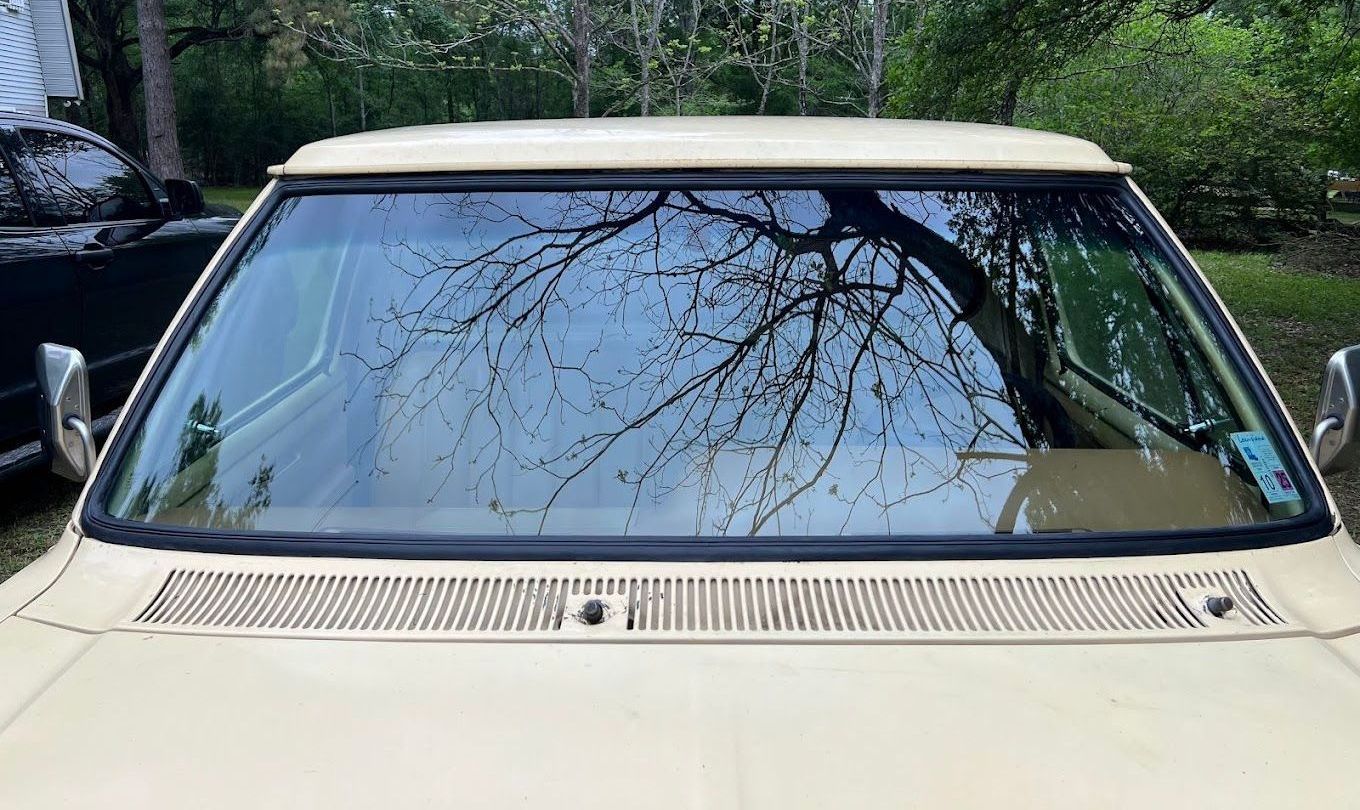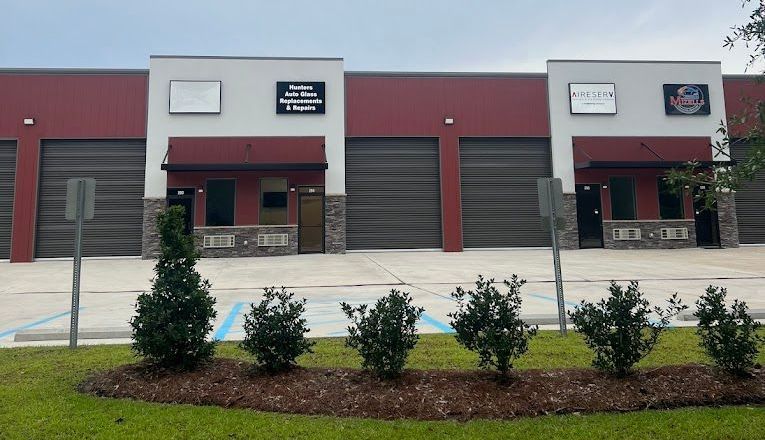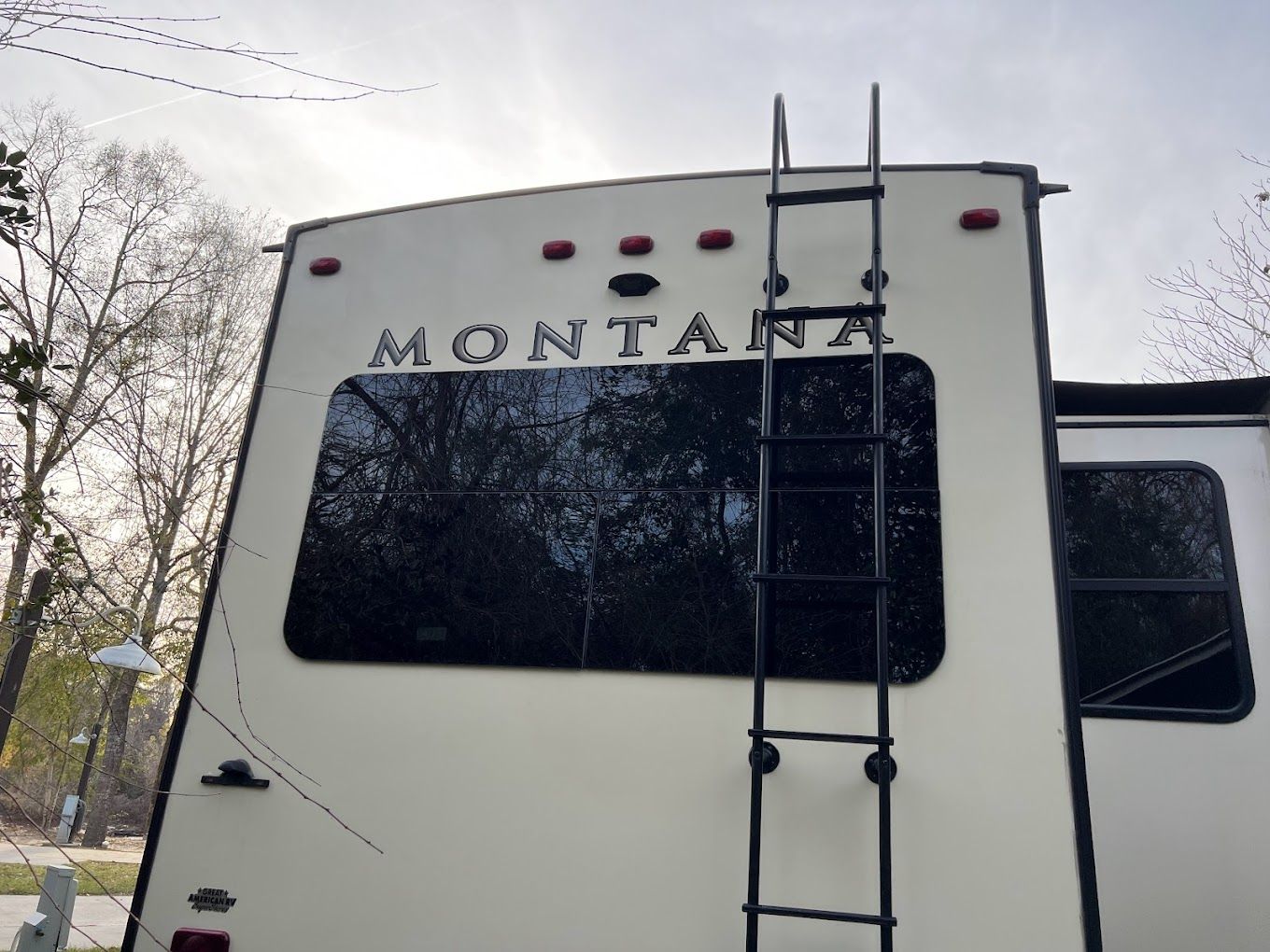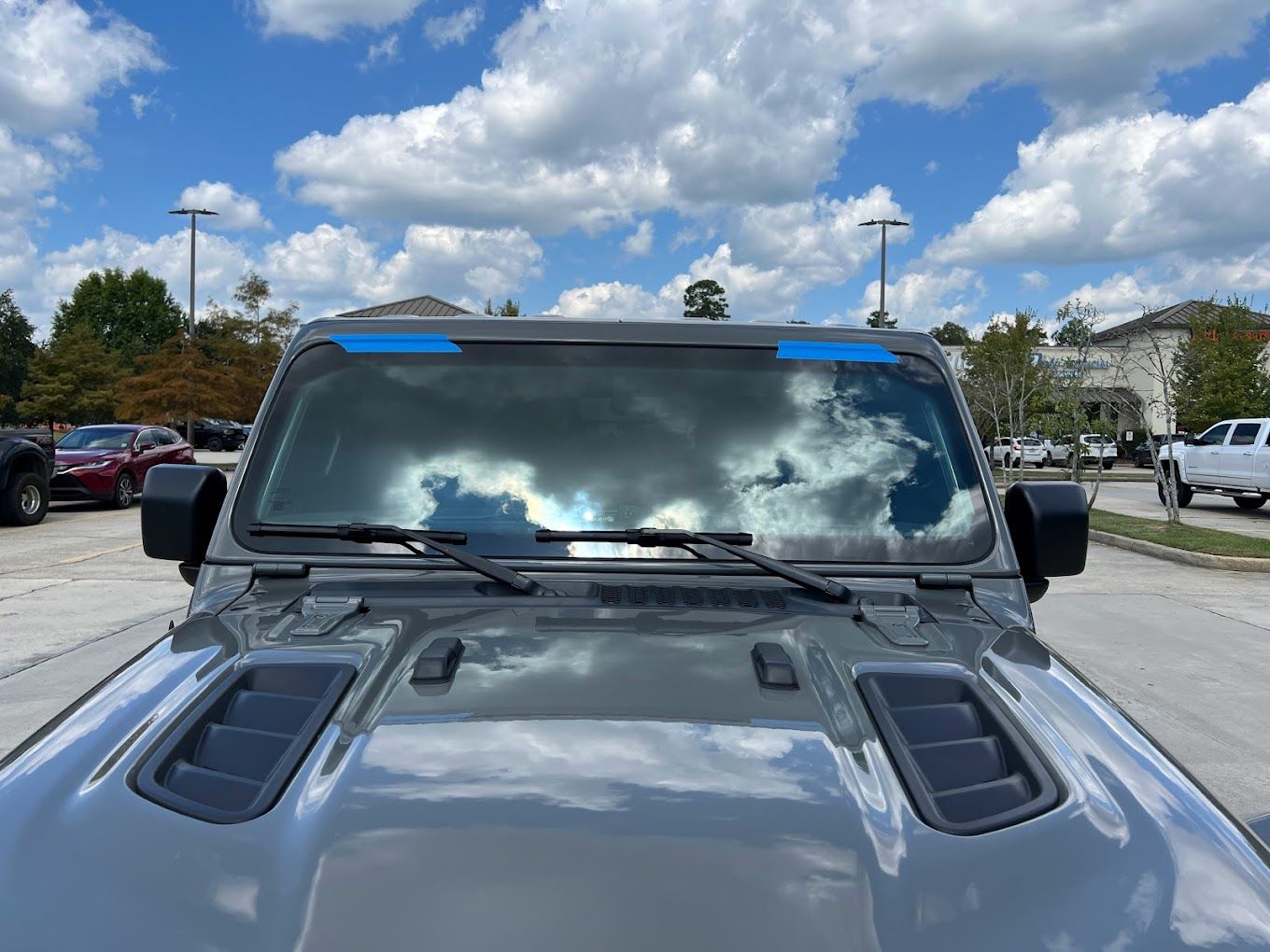Why Sunroof Glass Can Break on Hot Days
Preventing Sunroof Glass Breakage During Summer Heat Waves
Sunroofs are a popular feature in many modern vehicles, offering natural light, fresh air, and an elevated driving experience. However, as temperatures soar during the summer months, more drivers are reporting a surprising problem: shattered or cracked sunroof glass. While manufacturers design sunroofs to endure typical weather fluctuations, extreme heat can sometimes push materials beyond their limits. If you’ve ever wondered why sunroof glass can suddenly break on a hot day, you’re not alone. In this blog, we’ll explore the causes behind this unusual and often alarming issue.
Heat and Glass: A Stressful Combo
Auto glass, including sunroofs, is engineered to be durable and resilient. Most sunroofs are made of tempered or laminated safety glass, designed to withstand moderate impacts and normal temperature variations. However, when a vehicle is exposed to prolonged and intense heat—especially in direct sunlight—the temperature inside the car can climb well above 120˚F. The sunroof, positioned at the top of the vehicle, absorbs a significant amount of this heat.
Glass naturally expands when heated. When this expansion happens slowly and evenly, the glass can usually handle it. But on very hot days, prolonged exposure to intense heat can cause uneven expansion in certain areas of the glass, creating stress points. Over time, these stress points can weaken the glass structure and lead to cracks or even complete shattering.
Microfractures and Manufacturing Flaws
Sunroofs that shatter seemingly “out of nowhere” on hot days often already have minor imperfections. These can include microfractures in the glass, tiny chips from debris impact, or weaknesses around the edge of the sunroof panel. Heat amplifies these vulnerabilities, and as time passes, thermal stress can cause these imperfections to grow. In extreme cases, this leads to spontaneous breakage.
Additionally, the metal frame and surrounding materials of a sunroof expand at a different rate than the glass itself. This uneven expansion can place pressure on the glass, especially at the edges, which are more prone to damage. If the frame warps slightly under heat, it could press unevenly against the glass, exacerbating any pre-existing flaws.
Temperature Extremes and Sudden Changes
The risk of sunroof damage isn’t only tied to how hot it gets. It’s also about how quickly temperatures change. Rapid temperature shifts, like going from a scorching hot parking lot into a shaded garage or blasting cold air through the vents, can shock the glass. This thermal shock is particularly dangerous if the sunroof has existing stress points.
For instance, imagine a car sitting in the sun all day with the interior temperature reaching 130˚F. Then, the driver enters and immediately turns the air conditioning on full blast. The cold air quickly cools the interior surface of the glass, while the outer surface remains hot. The drastic temperature change can create internal stresses that cause the glass to fracture.
Prevention Tips for Hot Weather
Although not all sunroof breakages can be prevented, there are steps drivers can take to minimize the risk:
- Avoid extreme temperature swings: Don’t blast the A/C on the highest setting right away. Instead, crack the windows or run the fan for a minute or two to let your car cool gradually.
- Inspect your sunroof: Look for chips or cracks regularly, and address them immediately. Even small imperfections can grow under heat stress.
- Park in the shade or use a sunshade: This reduces the temperature inside your vehicle and limits heat exposure to your sunroof glass.
- Avoid cold water on hot glass: Don’t hose down a hot car or go through a cold car wash right after the vehicle has been baking in the sun.
Is Your Sunroof Damaged in Covington, LA?
If you live, work, or are driving through Covington, Mandeville, Madisonville, or Slidell, LA, and you’ve discovered some damage to your sunroof, contact us at Hunter’s Auto Glass. We’re a local, family-owned business and work with your insurance to streamline the claims process.
